
How to Access Google Cloud on Android: A Comprehensive Guide in 2024

With the growing need for cloud storage and services, knowing how to access Google Cloud on your Android device can be incredibly beneficial. This guide will walk you through various methods to access Google Cloud on Android, including using apps and web browsers. By the end, you'll be equipped with all the knowledge to efficiently manage your Google Cloud resources from your smartphone.
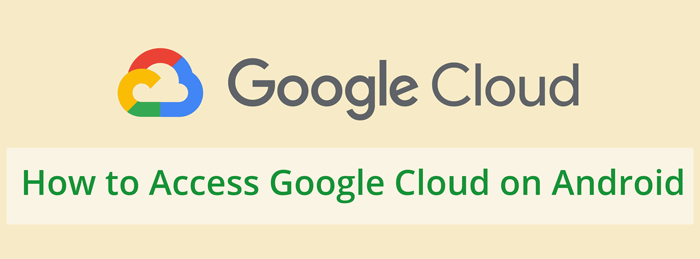
| Method | Pros | Cons |
|---|---|---|
| Google Cloud App |
|
|
| Web Browser |
|
|
| Google Photos |
|
|
| Google Drive |
|
|
Accessing Google Cloud through the official Google Cloud Console app is straightforward and convenient. Note that the Google Cloud Console app and Google Cloud app refer to the same application. Here's how you can do it:
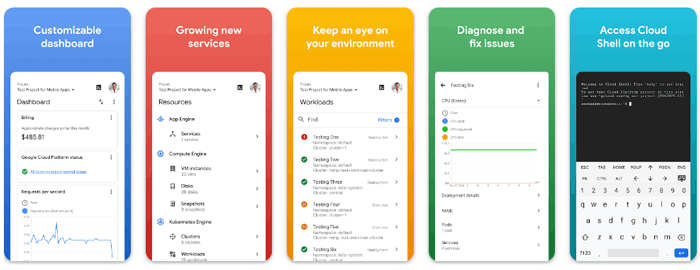
The Google Cloud Console app provides a comprehensive interface for managing your cloud services, making it an excellent tool for on-the-go cloud management. One advantage of using the app is its push notifications for alerts and updates, which help you stay informed about your cloud activities. However, a potential downside is that it might not offer the full range of functionalities available on the web version.
If you prefer using a web browser, accessing Google Cloud Platform (GCP) is equally easy:

This method is particularly useful for users who prefer a larger interface and additional functionalities that may not be available in the app. The web version provides comprehensive tools and options for detailed monitoring and management of your cloud services. However, the user experience might be less optimized for mobile use compared to the dedicated app.
Google Photos is an excellent way to access your Google Cloud photos on your Android device. Here's how to do it:
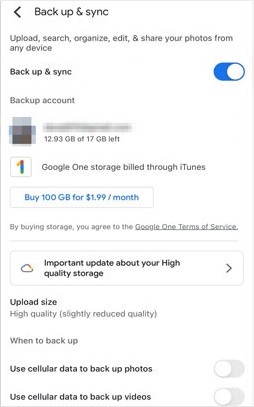
Google Photos offers a seamless way to view, organize, and share your photos stored in the cloud. The app provides advanced photo editing tools, automatic backups, and sharing options. One downside is that high-resolution uploads can consume significant data and storage space, although Google Photos provides options to manage and optimize storage.
You May Like:
How to Stop Google Photos from Syncing? For Android, iPhone, and PC Users
How to Fix Google Photos Not Backing Up? [Troubleshooting]
How to Fix Google Photos Backup Stuck Problem with Tested Ways
The Google Drive app is another powerful tool for accessing Google Cloud services on your mobile device:
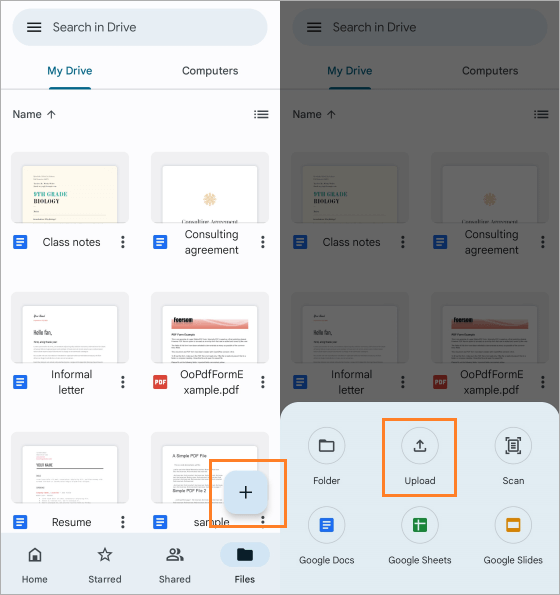
Google Drive is versatile, supporting various file types and offering features like offline access and collaborative tools. The app's integration with other Google Workspace tools enhances productivity, allowing for seamless document creation, editing, and sharing.
However, users should be mindful of potential storage limitations on free accounts and consider upgrading for additional space if needed. And if Google Drive is not working, this guide might save you out.
Yes, you can access Google Cloud via a web browser if you prefer not to use the official apps. Simply go to the Google Cloud Console website and log in. This method allows for a full-featured experience, particularly useful for detailed management tasks.
Using the Google Cloud Console app or the web browser interface allows you to manage resources efficiently. The app provides real-time alerts and a user-friendly interface tailored for mobile devices, while the web interface offers comprehensive tools and options for detailed monitoring and management.
Yes, Coolmuster Lab.Fone for Android is a robust alternative. Unlike Google Cloud, it does not require pre-existing backups, making it a powerful tool for data recovery directly from your device.
Coolmuster Lab.Fone for Android offers several advantages:
In comparison, Google Cloud requires prior backup setup and might be less intuitive for data recovery.
You can follow the detailed instructions here to use Coolmuster Lab.Fone for Android:
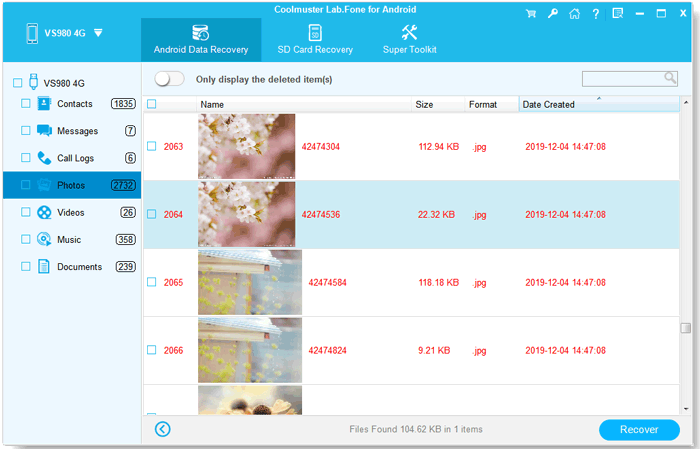
Google Cloud employs advanced security measures including encryption, multi-factor authentication, and continuous monitoring to ensure your data remains secure. However, it's always a good practice to regularly update your security settings and keep your apps up to date. Additionally, consider using strong, unique passwords and enabling account recovery options.
Accessing Google Cloud on your Android device has never been easier with the variety of methods available. Whether you prefer using dedicated apps like Google Cloud Console and Google Photos, or accessing services through a web browser, each method offers unique advantages tailored to your needs.
For those looking for alternatives, tools like Coolmuster Lab.Fone for Android provide robust solutions for data recovery without the need for prior backups. By leveraging these tools and best practices, you can efficiently manage and secure your Google Cloud resources on the go.
Related Articles:
Vivo Cloud Backup and Restore: Easily Transfer Your Vivo Data
Smart Switch vs Google Backup: Which Is the Superior Choice?
How to Recover Permanently Deleted Files from Google Drive [Updated in 2024]
How to Restore Android Phone from Google Backup in Easy Steps





